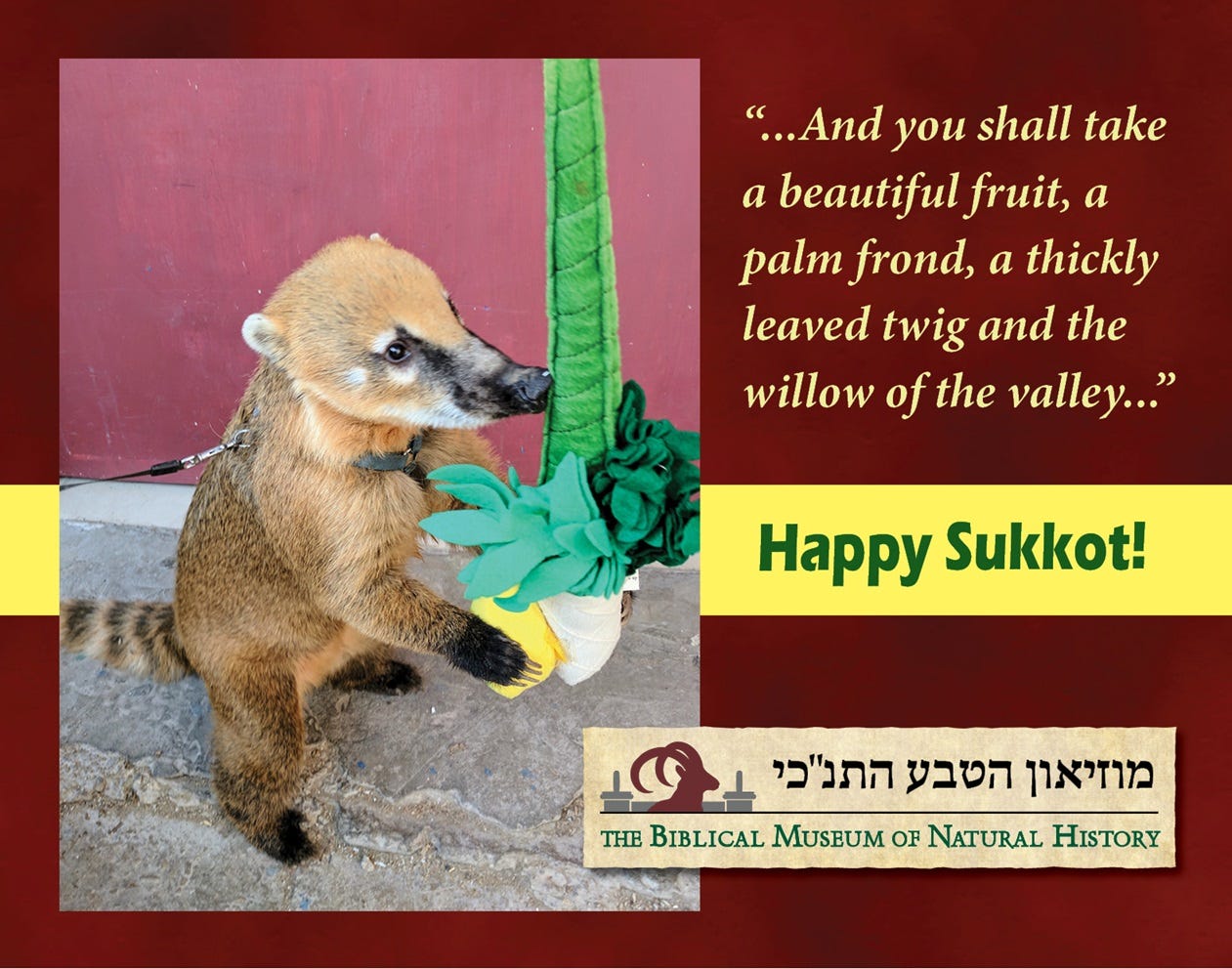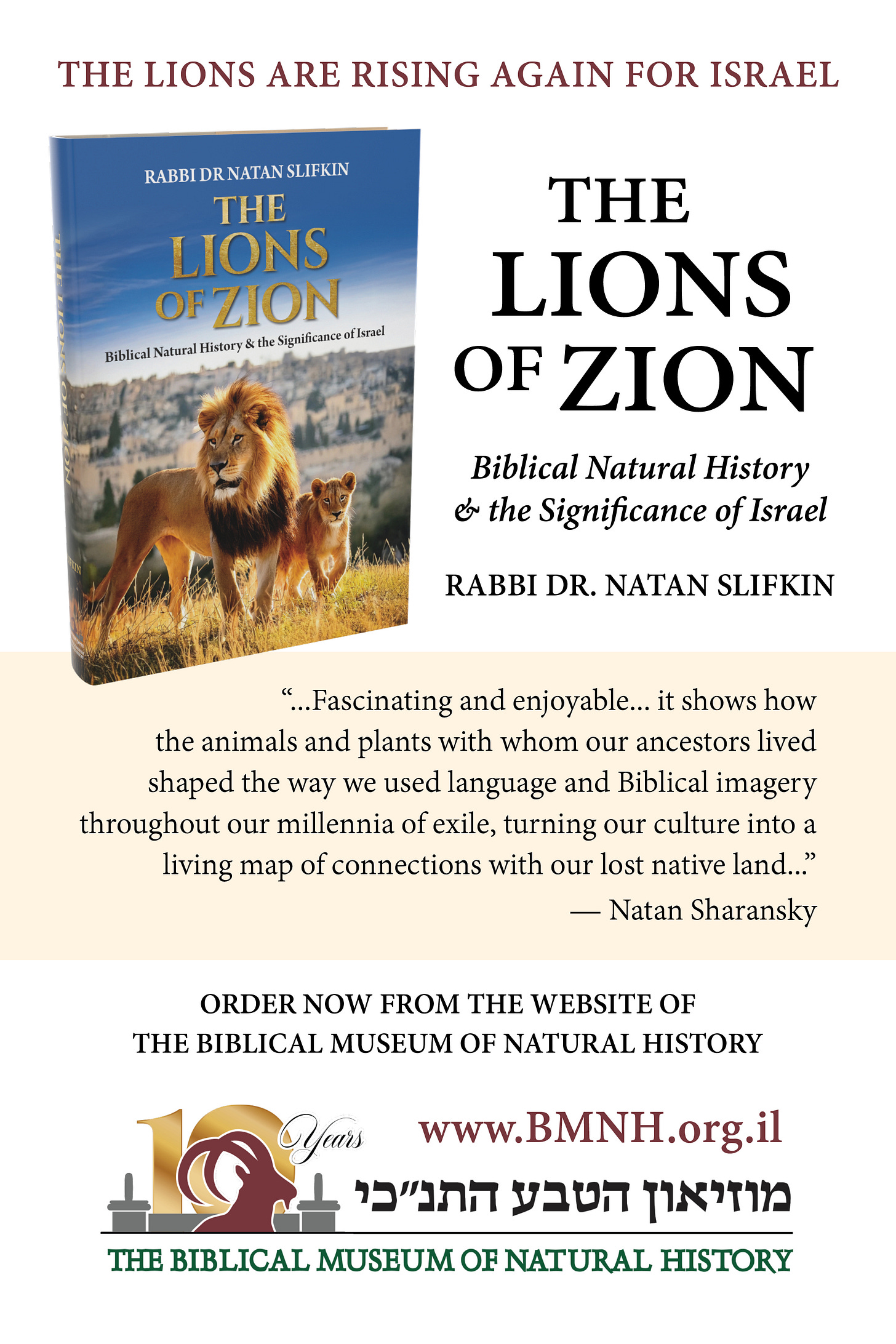The Esrog Challenge
Is it ahead of its time?
Several people recently asked me about the theological challenge of the esrog - the citron.
The Torah does not use the word esrog. It tells us to take a pri etz hadar, which literally means a beautiful fruit of a tree. The Talmud asks how we know that this refers to the esrog. The Sages respond by presenting various exegeses of how the phrase pri etz hadar refers to the esrog.
It may come as a surprise to some (though it is becoming increasingly well-known) that the esrog is not native to the Land of Israel. Citrons come from southeast Asia. This is not itself a problem - and it may well explain why it is not listed among the Seven Species with which the Land of Israel is blessed. But the problem is that according to historians of botany and agriculture, the esrog only reached the Land of Israel just prior to the Second Temple Era. There is speculation that some may have been imported to Egypt earlier, but it is not accepted that it was cultivated in the Land of Israel. And so how could it have been the pri etz hadar of the Torah?
There are two broad approaches taken in response to this. Prof. Zohar Amar insists that the historical evidence on when the esrog reached the Land of Israel is far from proven. Absence of evidence is sometimes evidence of absence, such as with the absence of evidence for dinosaurs in layers of rock containing remains and fossils of modern creatures. But in cases where there wouldn’t necessarily be any evidence of a phenomenon, the absence of it does not prove anything. Accordingly, says Prof. Amar, it is reasonable to believe that the esrog was already cultivated in the Land of Israel when the Jewish People reached the land.
Is a believing Jew obligated to subscribe to such an approach? What if his own studies lead him to suspect that the esrog was not actually found here in Biblical times? There is another approach that I came up with. I thought it was potentially quite radical, but I independently heard it from two people who spent many years in (chareidi) yeshivos, and who didn’t think that it is at all problematic. It has a lot to do with one’s understanding of the nature of Torah she’baal peh, the Oral Law, about which there is a complex history of controversy.
Chazal were adamant that the pri etz hadar is the esrog and that no other fruit may be used. But the Rishonim already pointed out that when Chazal explained how the phrase pri etz hadar refers to the esrog, this was by way of asmachta, “attaching” it to the phrase, rather than derivation. The actual source for Chazal’s statement that the esrog is the pri etz hadar was tradition. (See Rambam’s introduction to Zerai’im, also cited by Chasam Sofer to Sukkos 35a.)
What does “tradition” mean? Does it mean that they had a historic tradition from Sinai that such was the exclusive meaning of this phrase? Not necessarily. Even the phrase halacha l’Moshe miSinai (which isn’t said regarding esrog) is sometimes used not to refer to an actual tradition from Sinai, but rather to a tradition from antiquity, or an ancient rabbinic enactment that is universally accepted.
And thus an alternate scenario is that pri etz hadar originally meant nothing more than what the words mean - the beautiful fruit of a tree. It is surely significant that the Torah does not actually give it a specific name. Perhaps the Torah originally meant that any beautiful fruit could be used. Then, at a later stage, the esrog was imported. When this happened, it made a huge impact.
Today we take citrus fruits, including such things as oranges and lemons, for granted. We have citrus-scented soaps and citrus-scented air-freshener. But no citrus fruits whatsoever existed outside of southeast Asia in the ancient world, and oranges and lemons did not exist anywhere at all - they are hybrids that were developed at a much later stage. The extraordinary fragrance of the esrog, along with its unique appearance, would have been unprecedented.
In such a scenario, the esrog would have become widely accepted as the most beautiful, mehudar way to fulfill the commandment. Ibn Ezra wrote that the Torah is not actually naming a fruit, but rather is telling us to use a beautiful fruit, and there is none more beautiful than the esrog. And after a while, either it would be assumed that the esrog was always used, and/or it would be enacted that it should always be used. Maybe Chazal were not insisting that pri etz hadar always meant an esrog, but instead they were saying that from now on it should only be taken that way.
(This would be along the lines of how Rav Moshe Shmuel Glasner, in Dor Revi’i, explains other halachos of Chazal. He even goes so far as to entertain the possibility that originally the phrase "an eye for an eye" could have been understood literally, and only later did the Sages insist on interpreting the Torah's words as referring to monetary compensation. That would be going too far for some, but this case is much easier.)
Some people will be uncomfortable with this explanation. They are welcome to follow Dr. Amar in deciding that esrogim were already imported in Biblical times. But I don’t think that it needs to be insisted that this is the only legitimate approach.
Meanwhile, the topic of the Four Species, and Sukkot in general, has enormous significance for understanding the role of the Land of Israel in Judaism, along with rebutting various critiques of Israel as a “European settler-colonial” state. To learn more about all this, along with some fascinating insights into the significance of the Four Species, see my new book, The Lions of Zion: Biblical Natural History and the Significance of Israel, available online here.





Interested approach. I always felt that the midrash of Moshe Rabbeinu sitting in Rabbi Akiva’s classroom and not understanding what he was saying was indicative of this idea that Chazal stretched out Torah law far beyond what Moshe himself had received and given over to am yisrael. It would also make the disagreements between the Pharisees and Sadducees make more sense.
'in cases where there wouldn’t necessarily be any evidence of a phenomenon, the absence of it does not prove anything"
Coins and seeds are SO common in archeological sites that absence of evidence IS evidence of absence. Citrons were not in the Middle East at the time of Matan Torah and coins didn't exist anywhere yet.